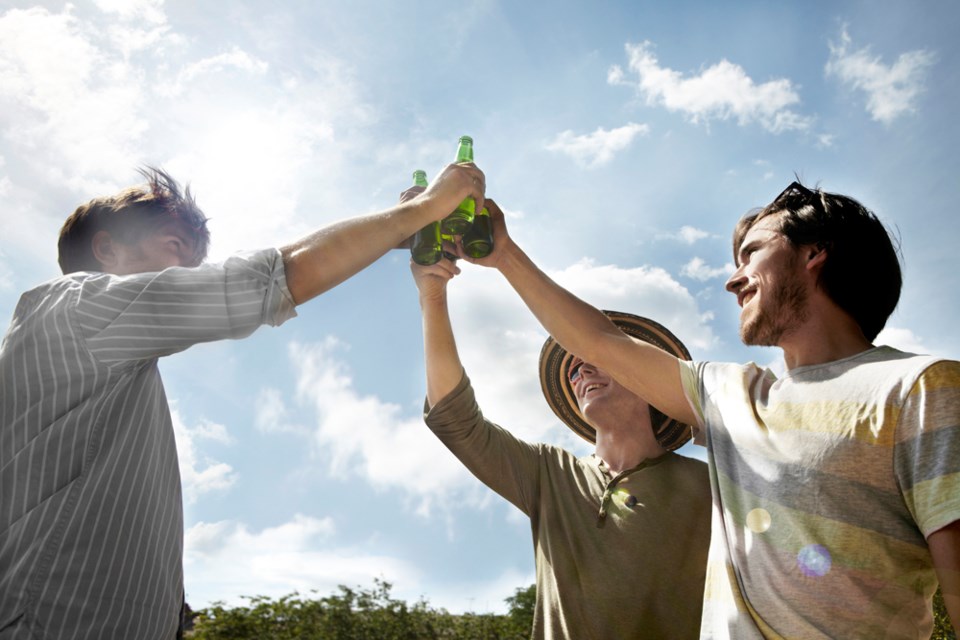Despite concerns expressed by public health officials, Metro Vancouver Regional District has approved alcohol consumption in six regional parks starting on the Canada Day long weekend and extending until Thanksgiving, as part of a pilot project.
Booze gets the green light in (designated parts of) the following regional parks: Boundary Bay (Centennial Beach), Campbell Valley (8th Avenue picnic area), Capilano River (Cleveland Dam picnic area), Derby Reach (Edgewater Bar campground day use area), Iona Beach (picnic area) and Brunette Fraser (Sapperton Landing).
Outside of those designated areas, alcohol consumption will remain illegal. Signs will be installed at entry points to the designated areas and at key locations around the boundaries of the permitted zones.
Metro Vancouver is piggybacking off municipal pilot projects, some of which have become permanent policy after the COVID-19 pandemic spurred interest.
The City of Vancouver allowed public alcohol consumption at 22 parks in summer 2021 and has since made those changes permanent, a Metro Vancouver staff report noted.
The regional government’s board approved its pilot on March 22. The program will run from June 28 to Oct. 14.
“The Pilot Program to Permit Alcohol Consumption in Regional Parks will provide opportunities for visitors to connect with friends and families in places other than bars and restaurants and private homes, increasing opportunities for more people to connect with nature,” says the report.
However, prior to approval, board directors heard concerns from public health officials.
In a letter from Fraser Health earlier this month, three medical health officers “strongly cautioned against” allowing the public to drink in regional parks.
The letter, dated March 5, cited a rise in alcohol consumption in B.C. over the past decade, and an associated economic burden to governments and society, with “alcohol related issues” costing the province $2.8 billion annually.
“Alcohol causes more health harms than any other substance in B.C., surpassing tobacco and opioids, and is responsible for more hospitalizations, emergency room visits, and paramedic services than any other substance,” reads the letter.


